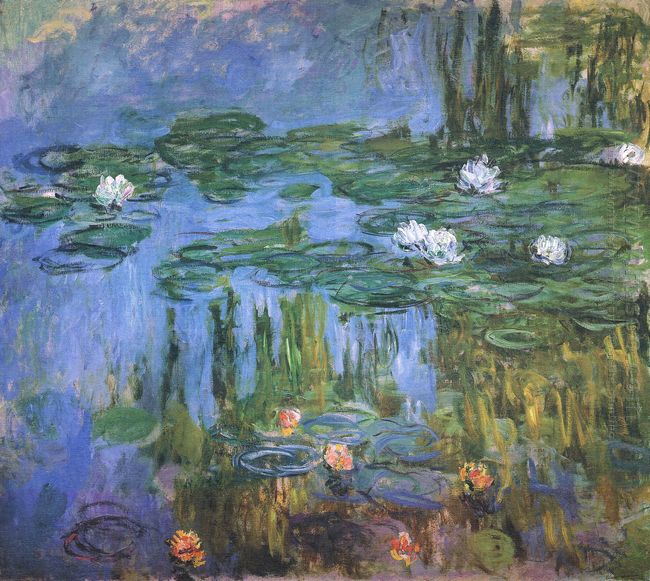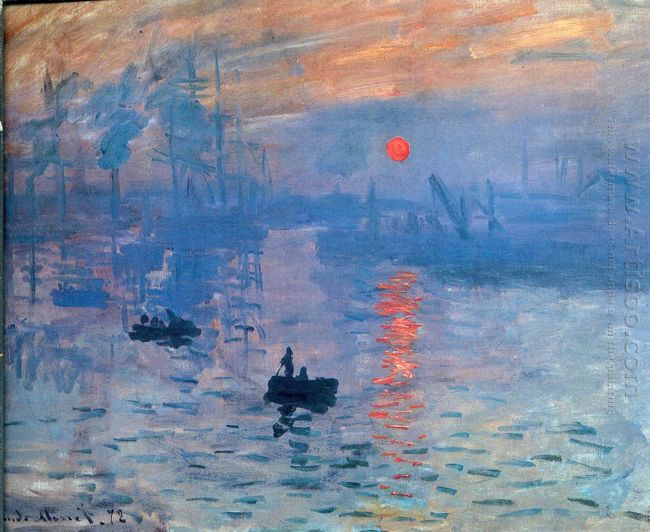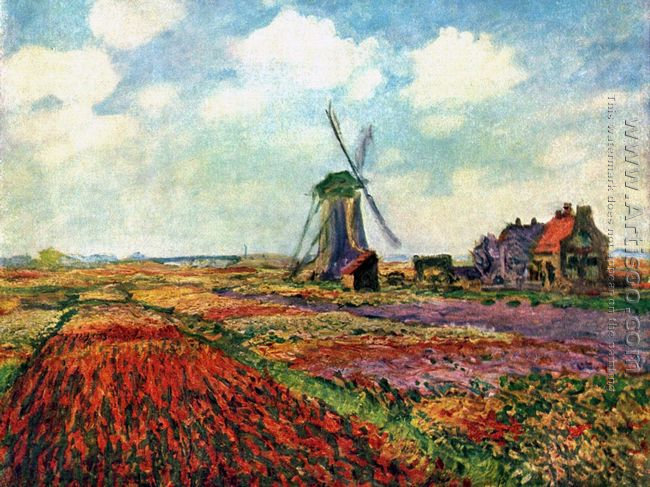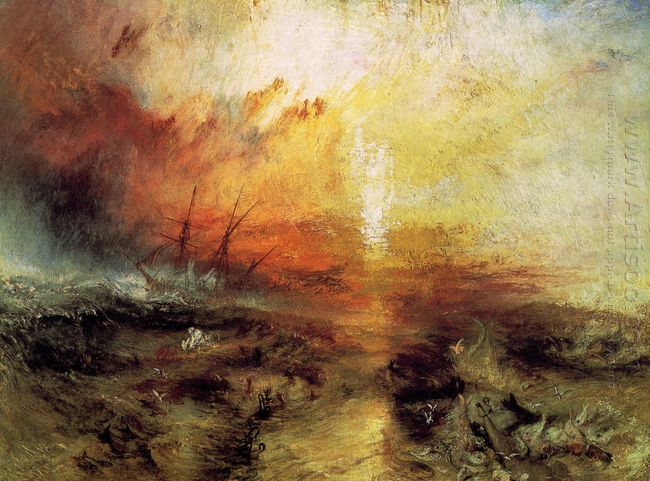Water Lilies is a series of several canvases of the pond by French Impressionist Claude Monet, who is the founder of Impressionism. During his last thirty years, the water garden, with a Japanese-style arched bridge, was the main subject of his paintings.
The serial masterpiece took him 12 years, which was called his giant "ninth symphony". In this painting, he expressed natural color with water lilies in the different light conditions, rather than depicted a flower with natural color.
"His early paintings can not be comparable to these incredible water scenery, which have kept spring on the canvases forever. The dreamlike water sometimes wear light blue and sometimes gold, reflecting the blue sky, lush pond shore and pastel water lilies. Quiet landscape and inner beauty make this work a music and a poetry." said a critic.
At first, the locals objected to this pond program because of the river argument. After several twists and turns, a Japanese-style bridge appeared above the pond, then the willows and flowers around the pond. Of course the paradise included the melody-water lilies, which accompanied Monet's for his last 27 years. In 1901, the government agreed to Monet's purchase of another land in south because of his local fame. But the devoted enthusiasm for painting made him reject the honor again and again. Since 1904, the Japanese-style bridge in the painting was gone, even the sky. There existed just pithy water lilies and pond corner with dark lake. And the public couldn't help applauding for the serial works when they met them in Paris.
The paintings are on display at museums all over the world, many of which were painted when Monet suffered from cataracts. The aim of his large Water Lilies, was to supply "the illusion of an endless whole, of water without horizon or bank." In this infinitude, water and sky have neither beginning nor end. What had been showed as a group of paintings that Monet planned to install abutting each other in an oval, encompassing the viewer in a sensually enveloping space. Maybe it was the quality and feelings that led Monet's audience to say, "We seem to be present at one of the first hours in the birth of the world."











